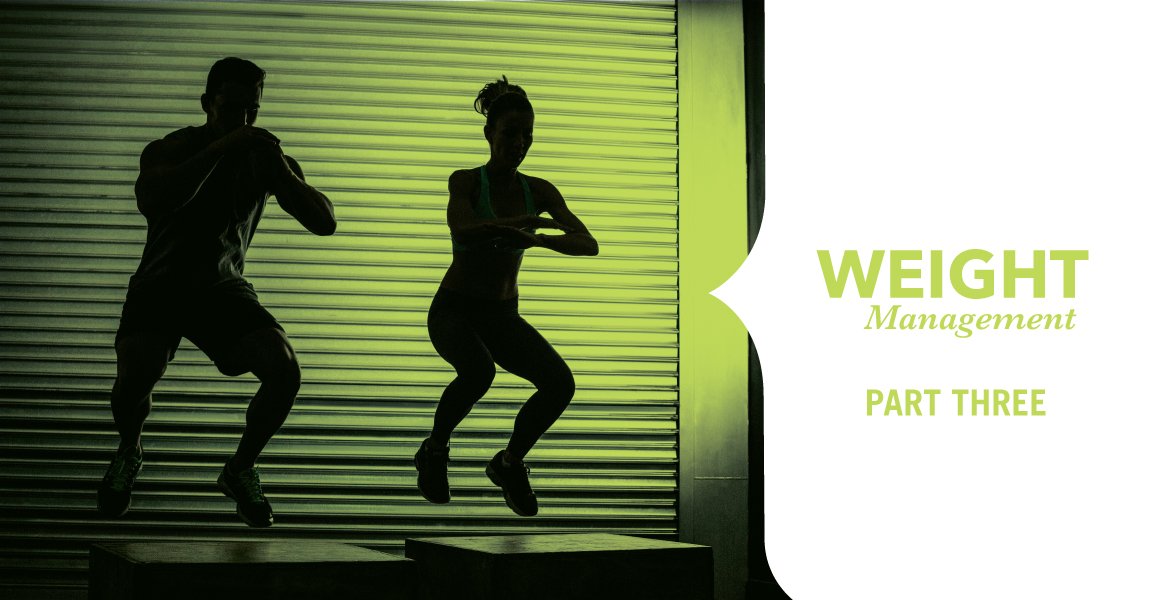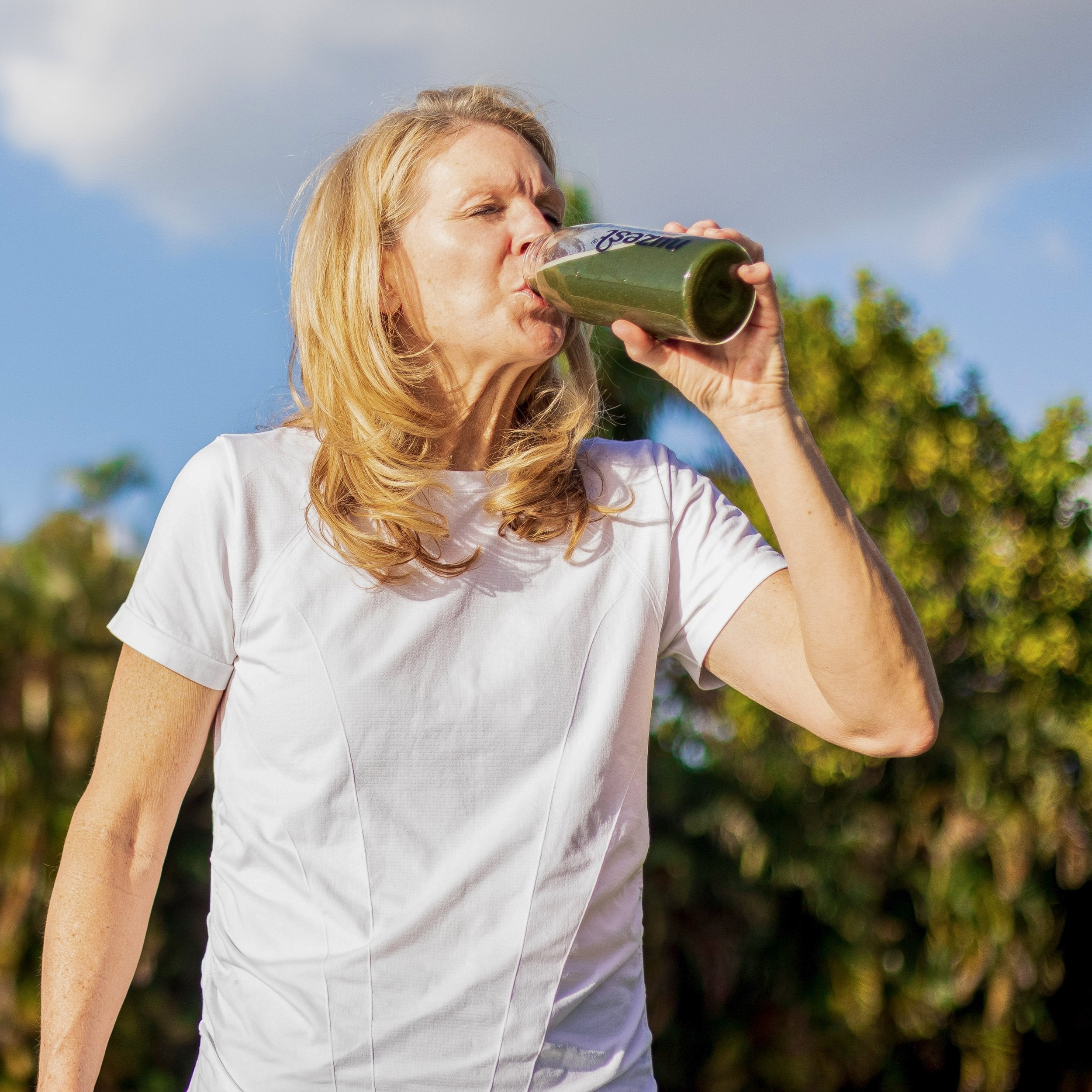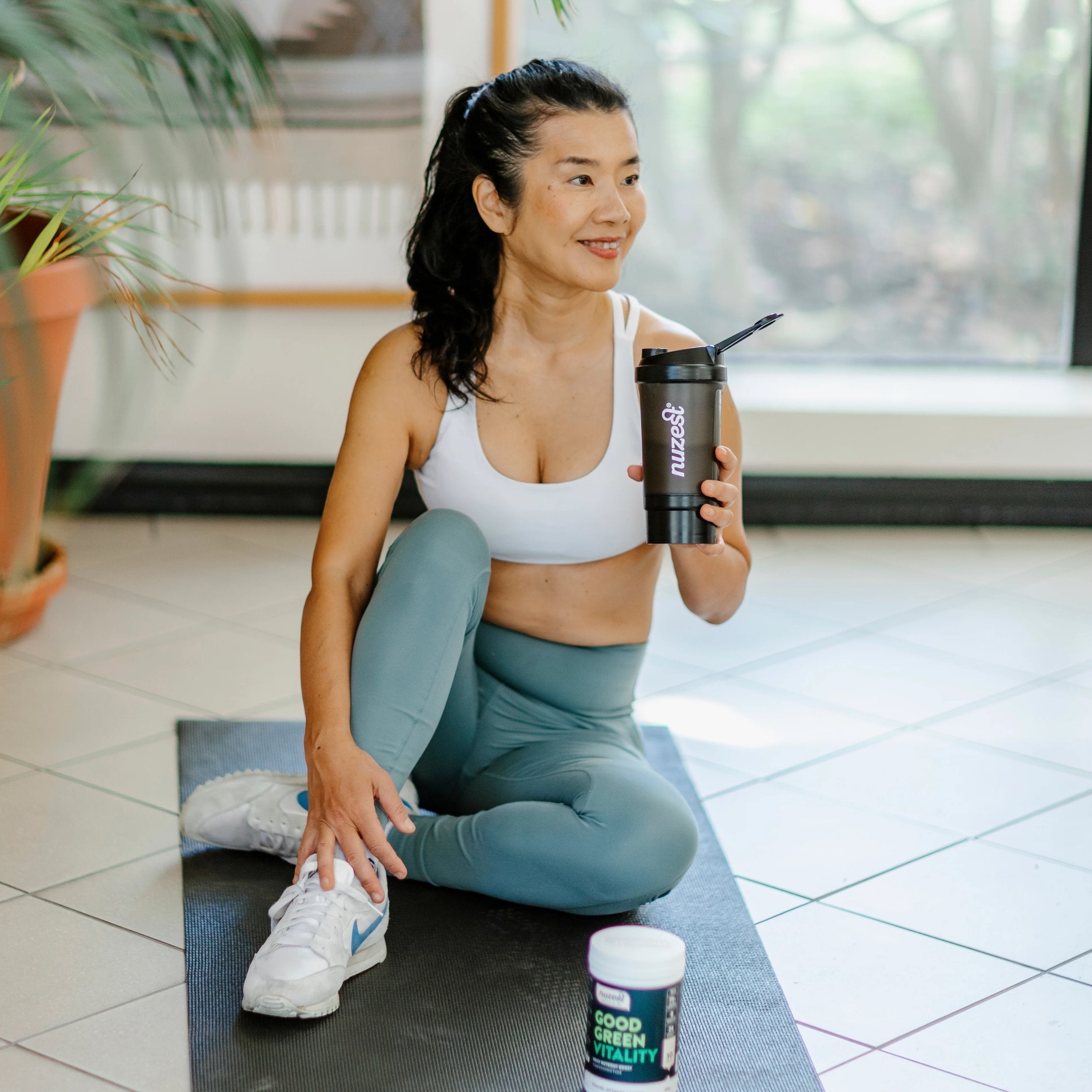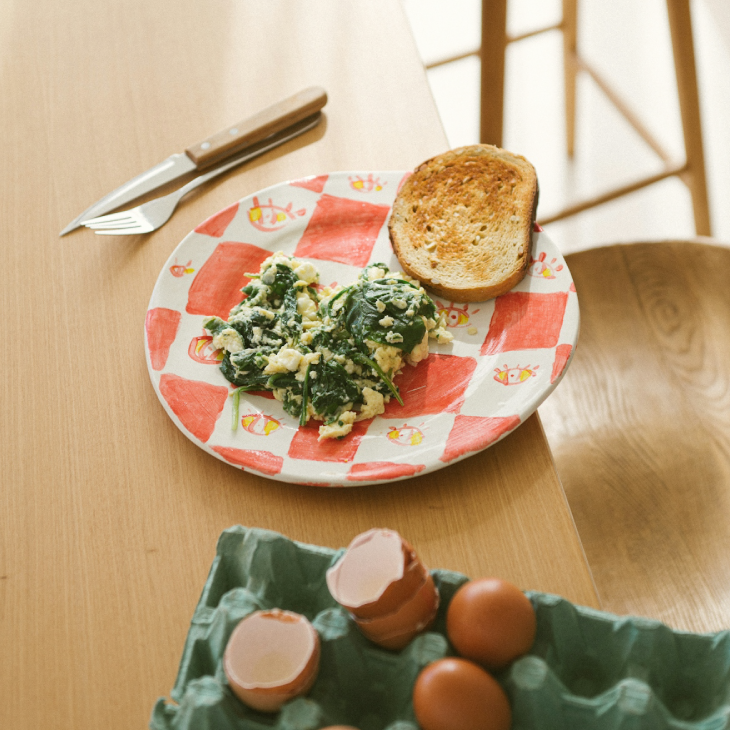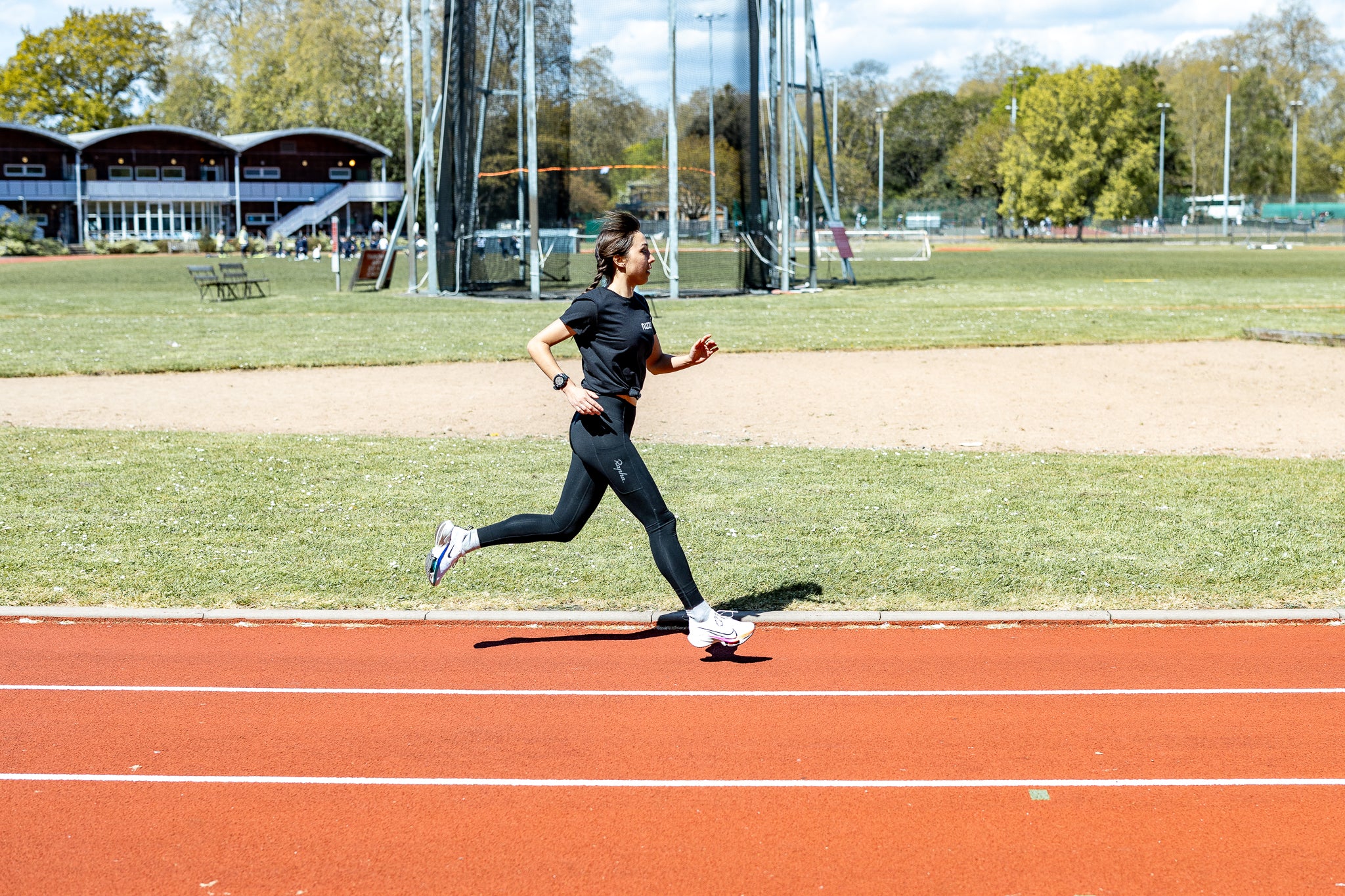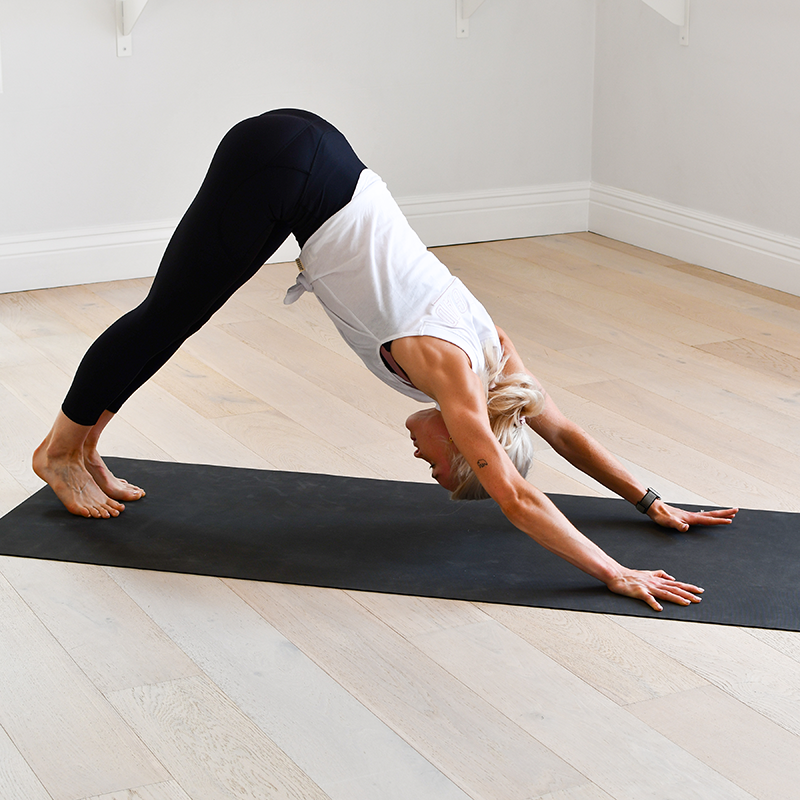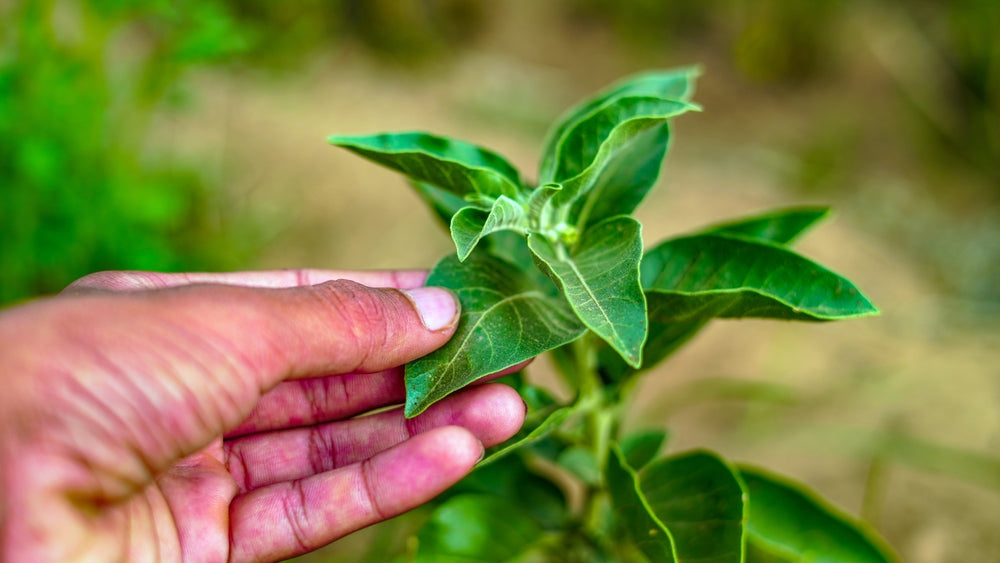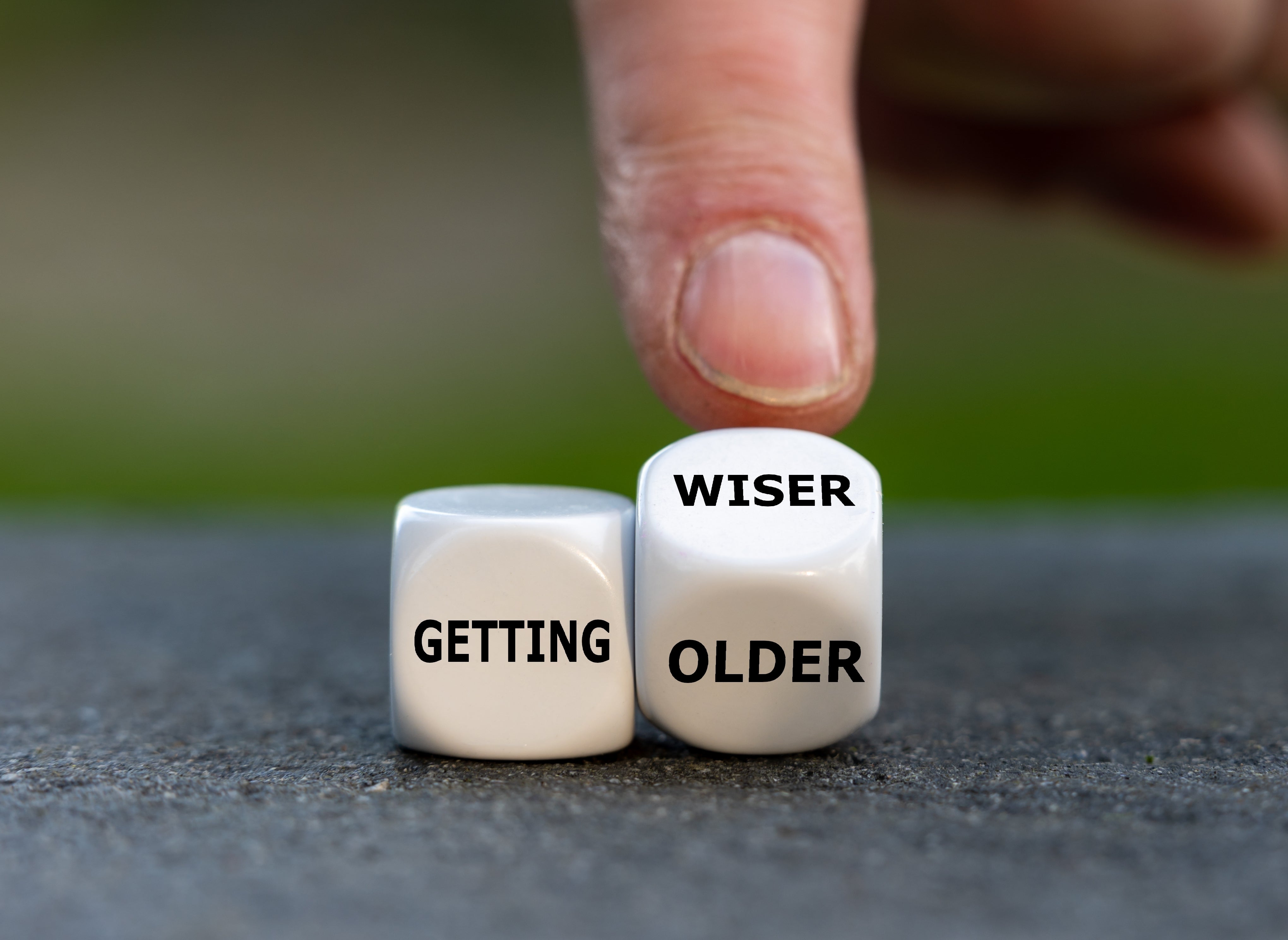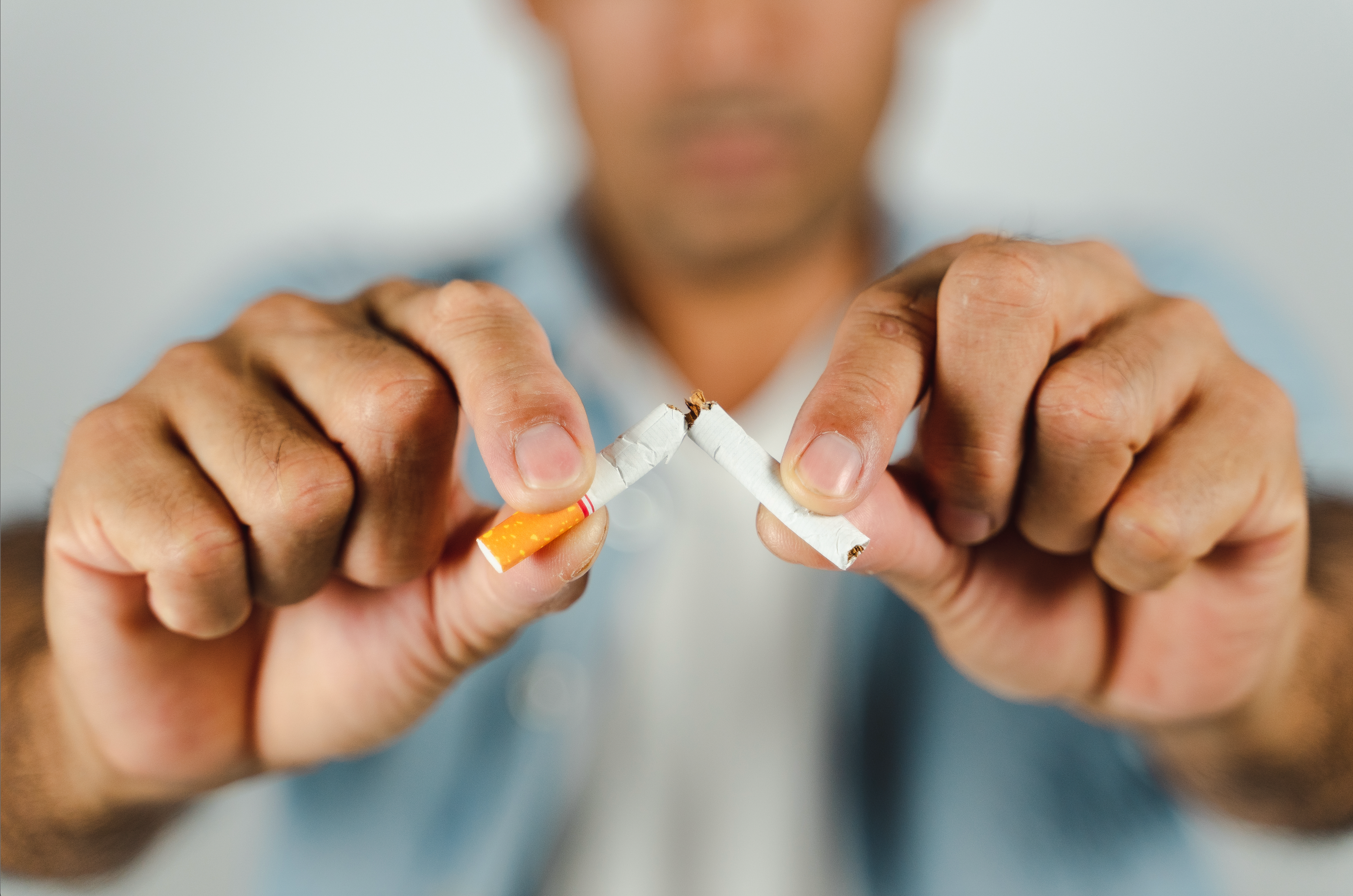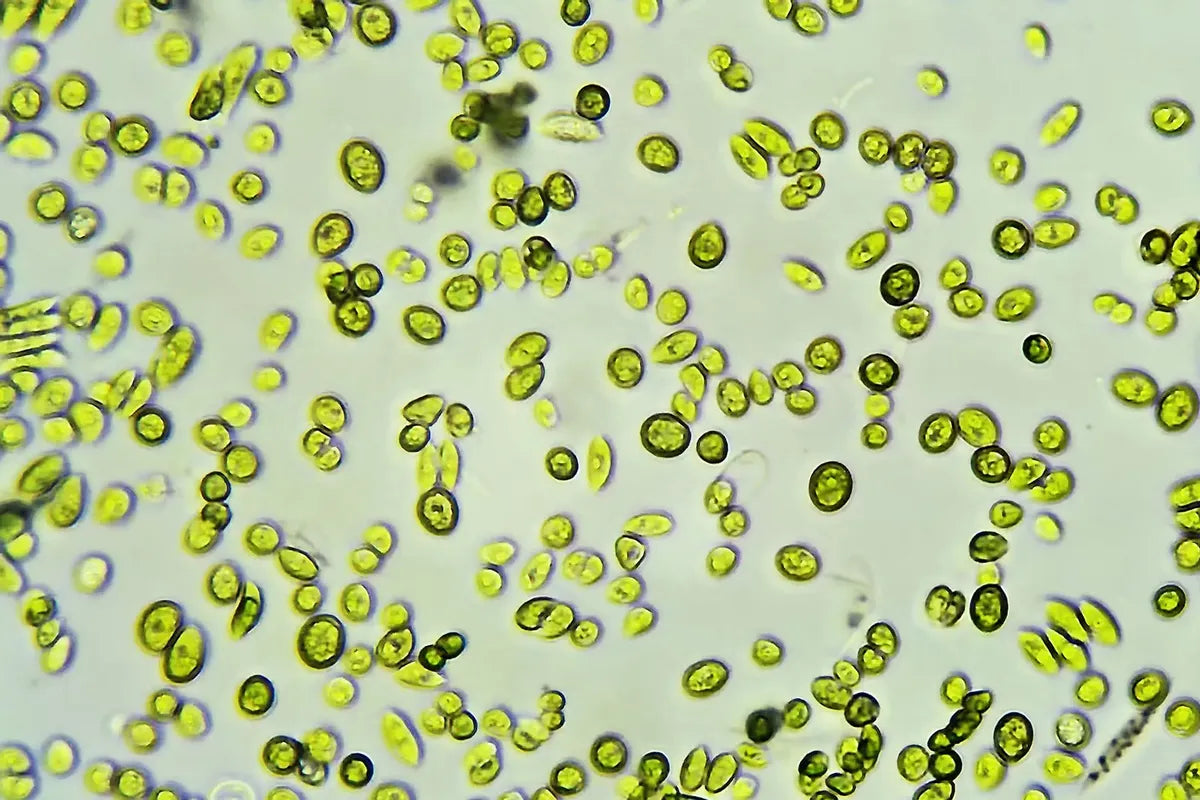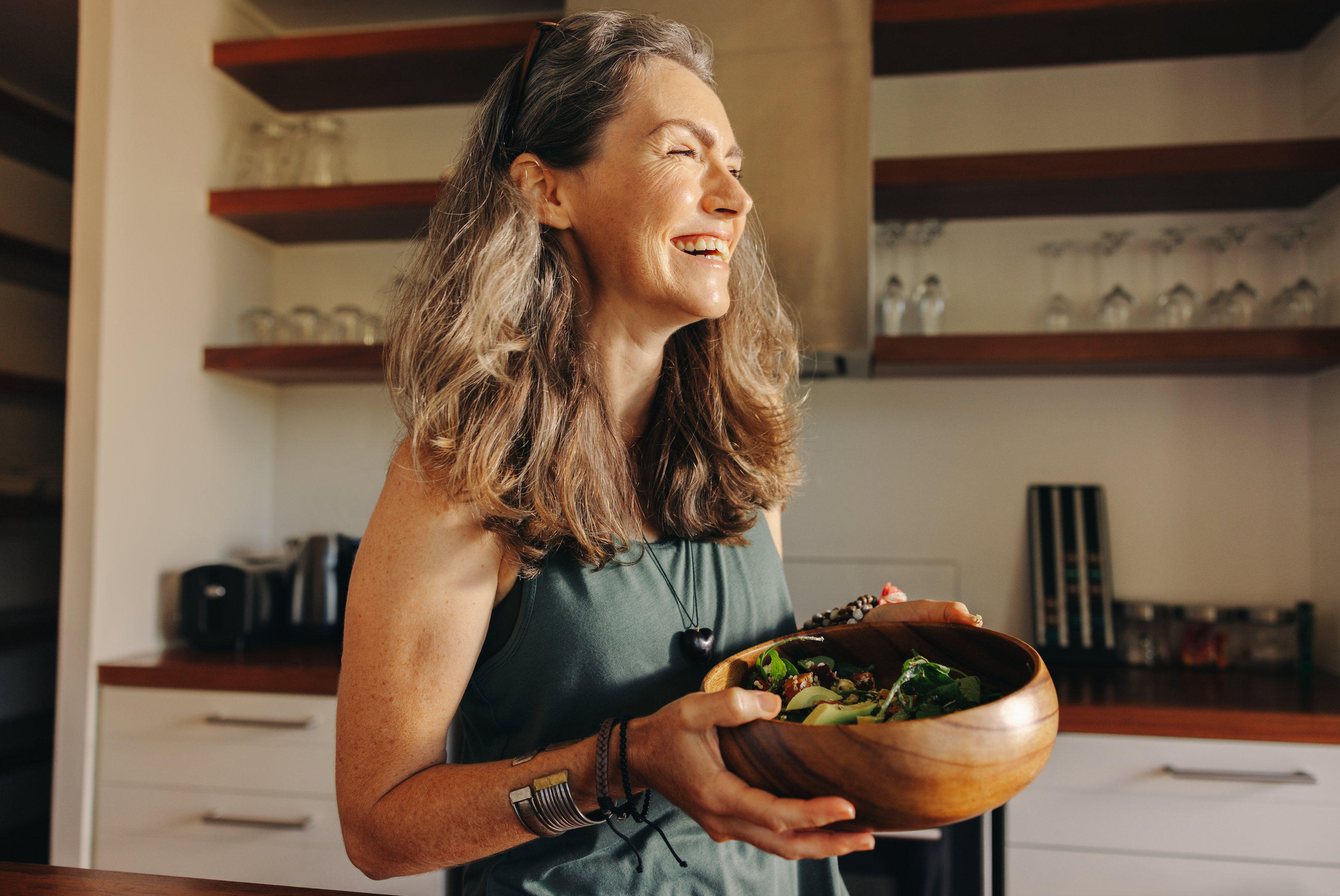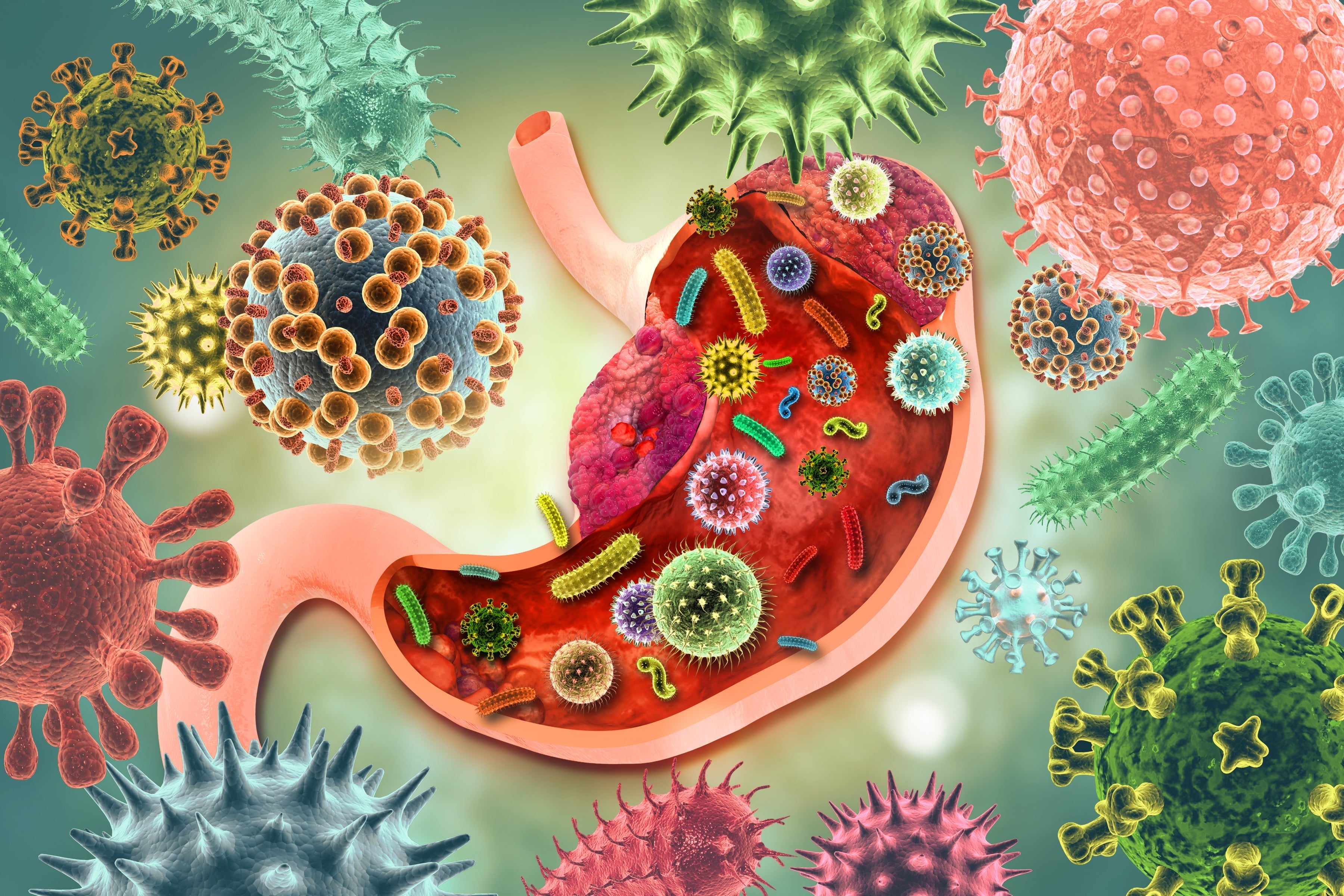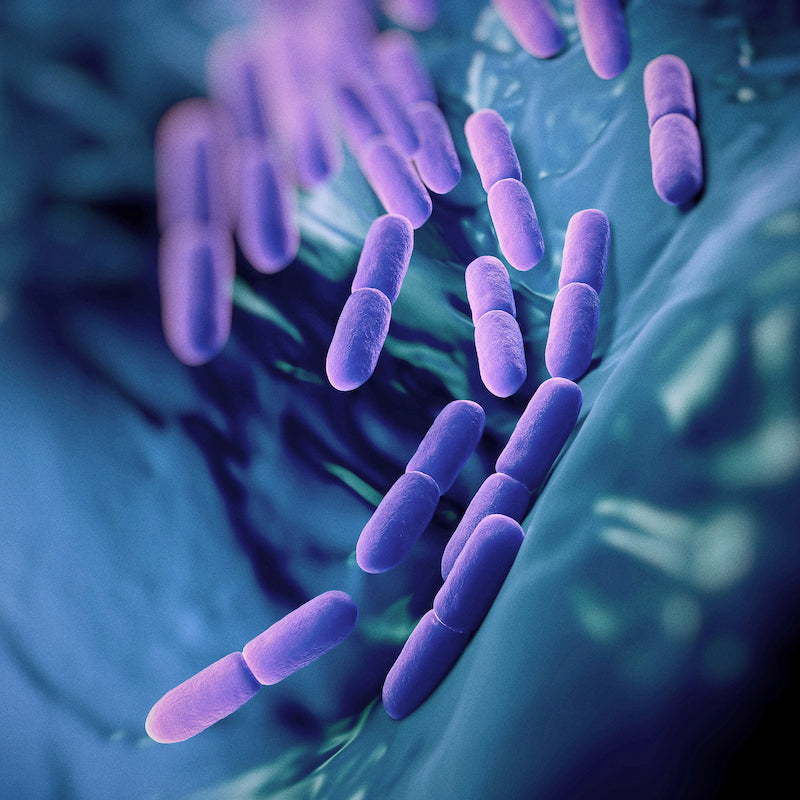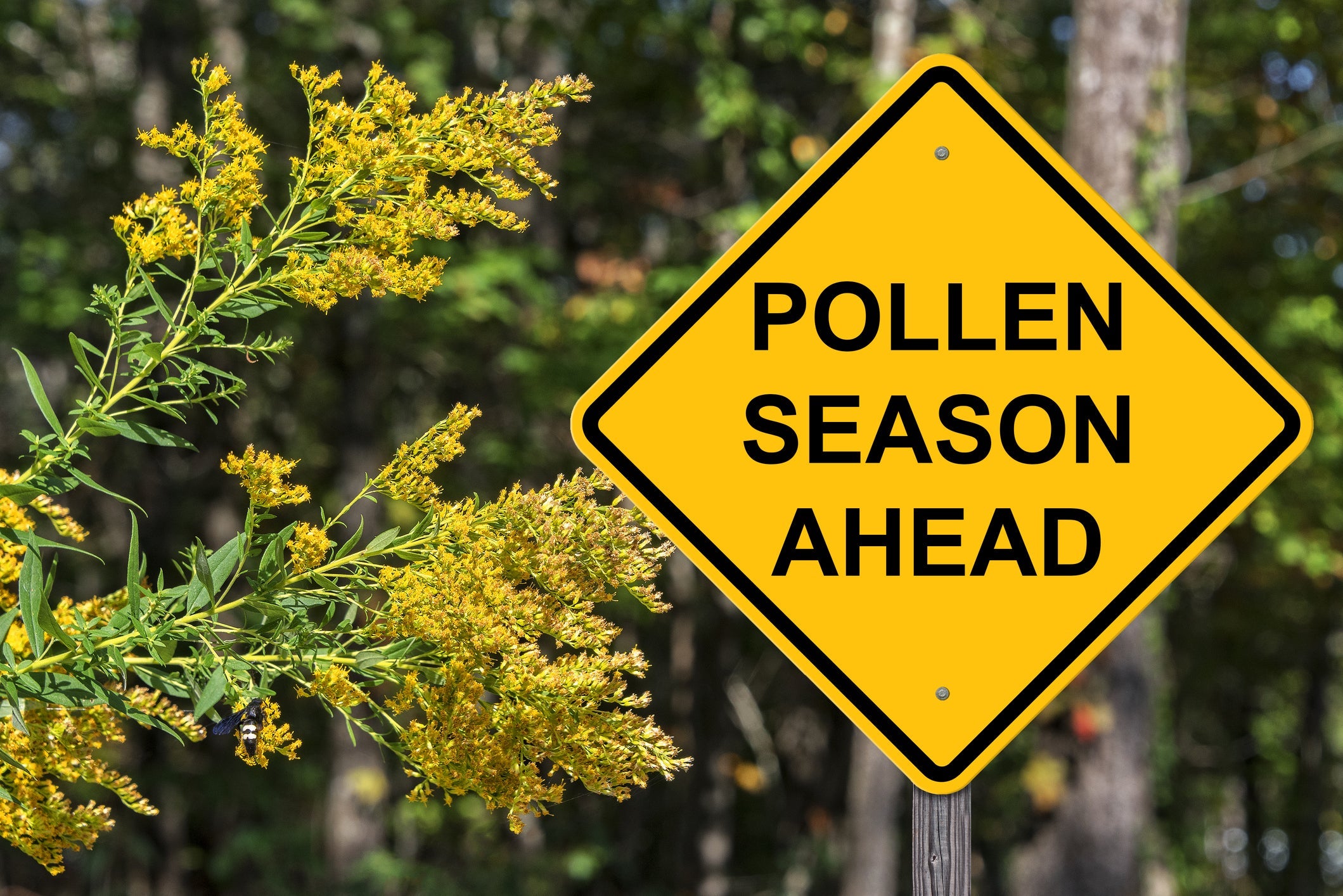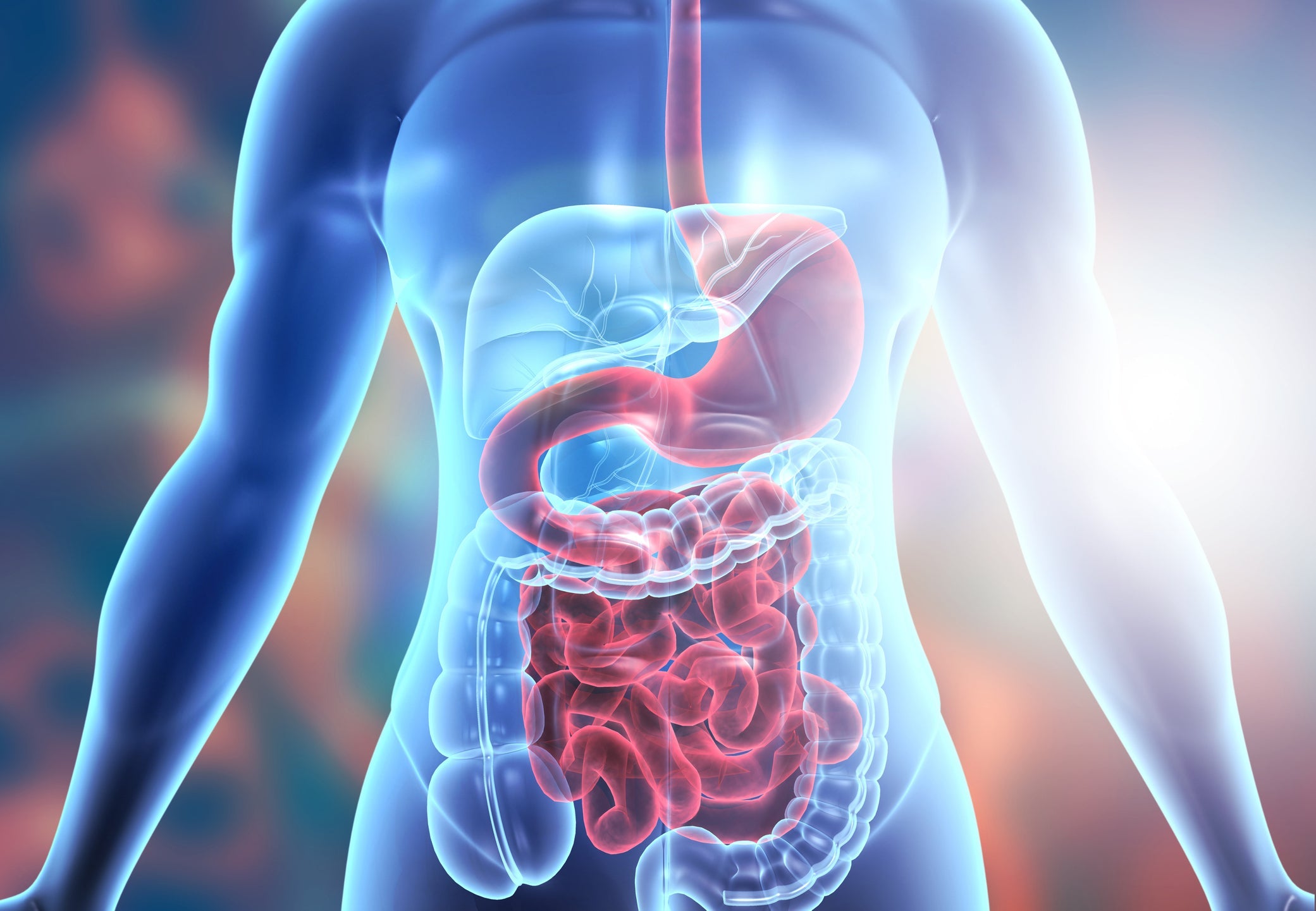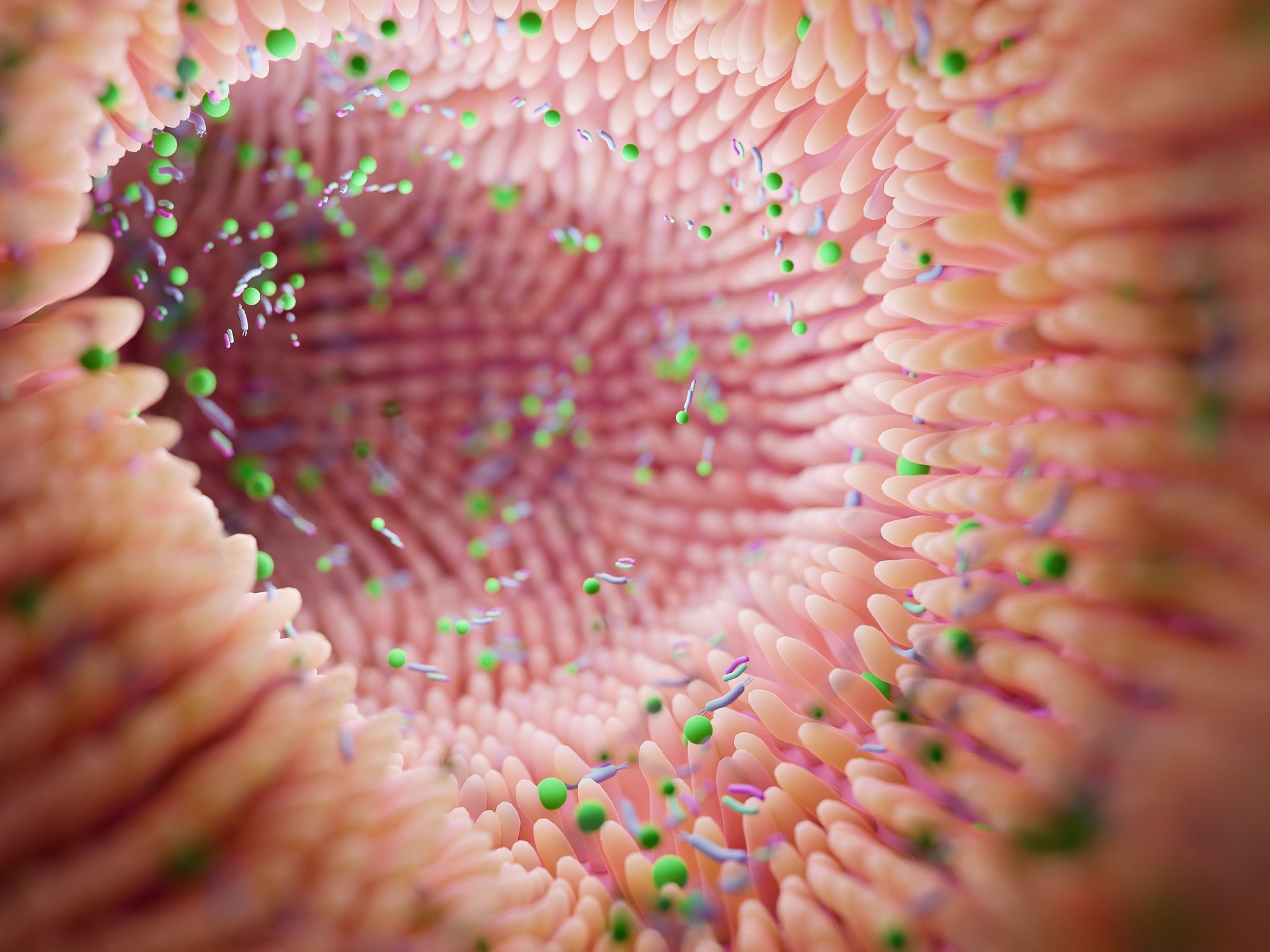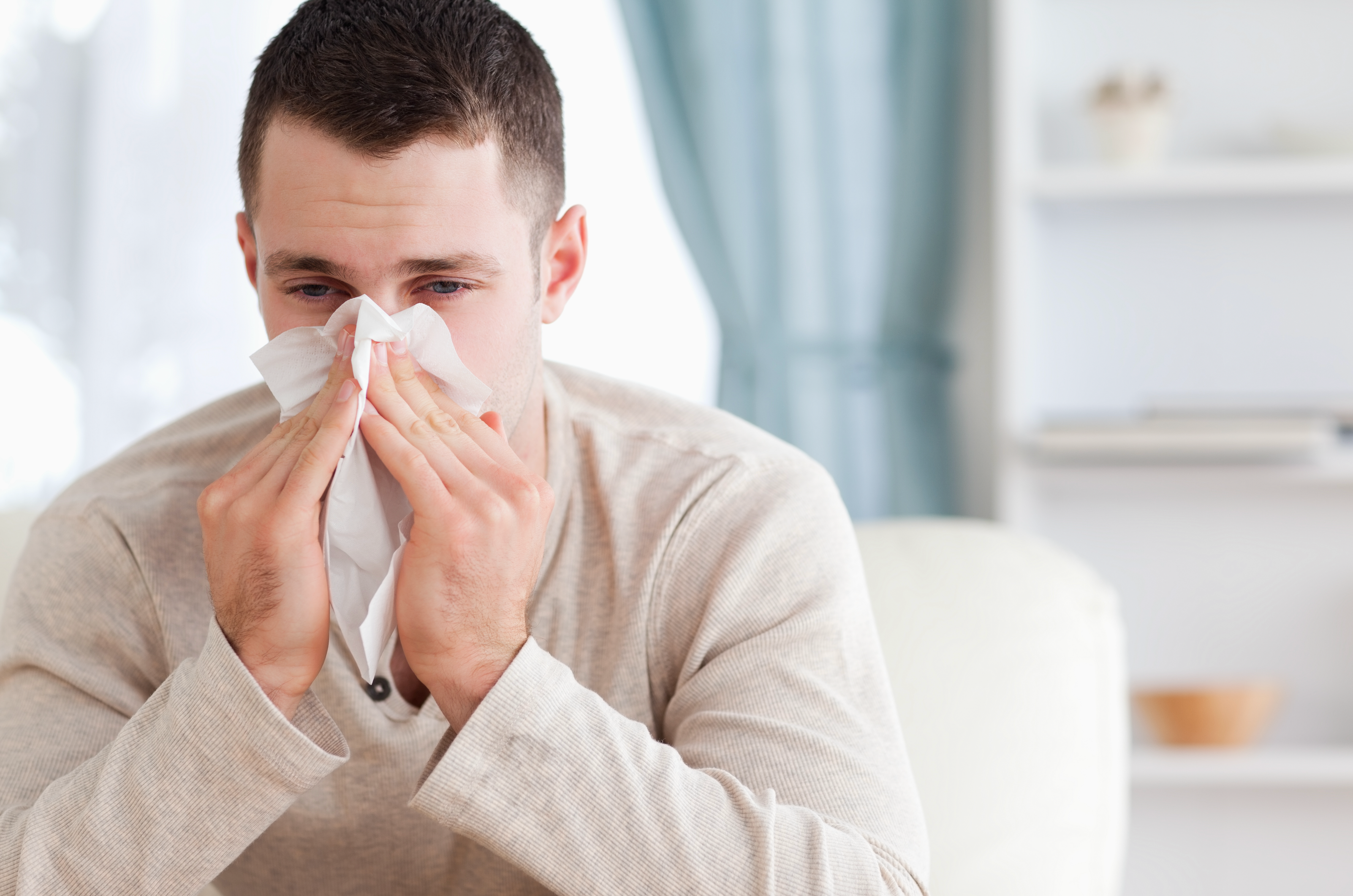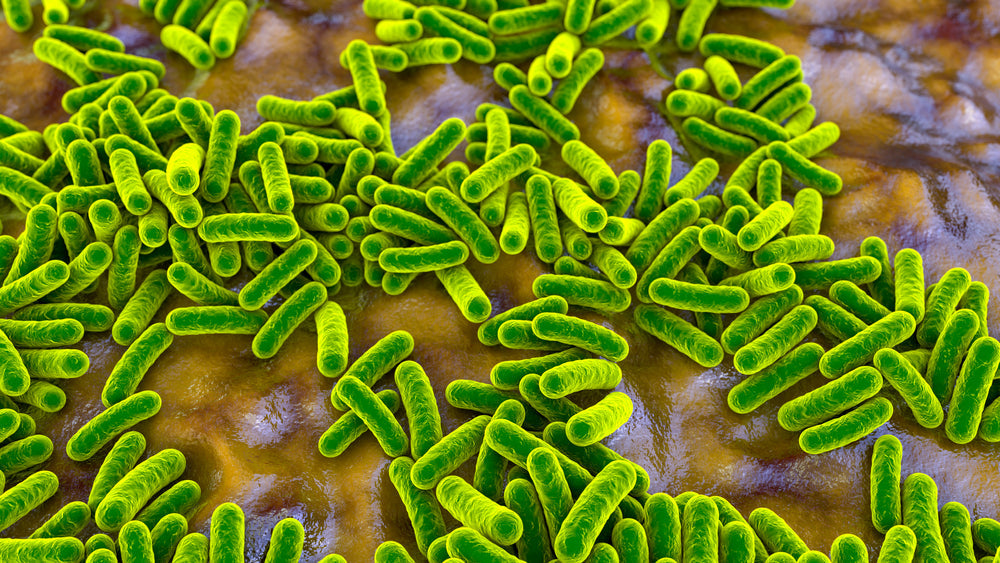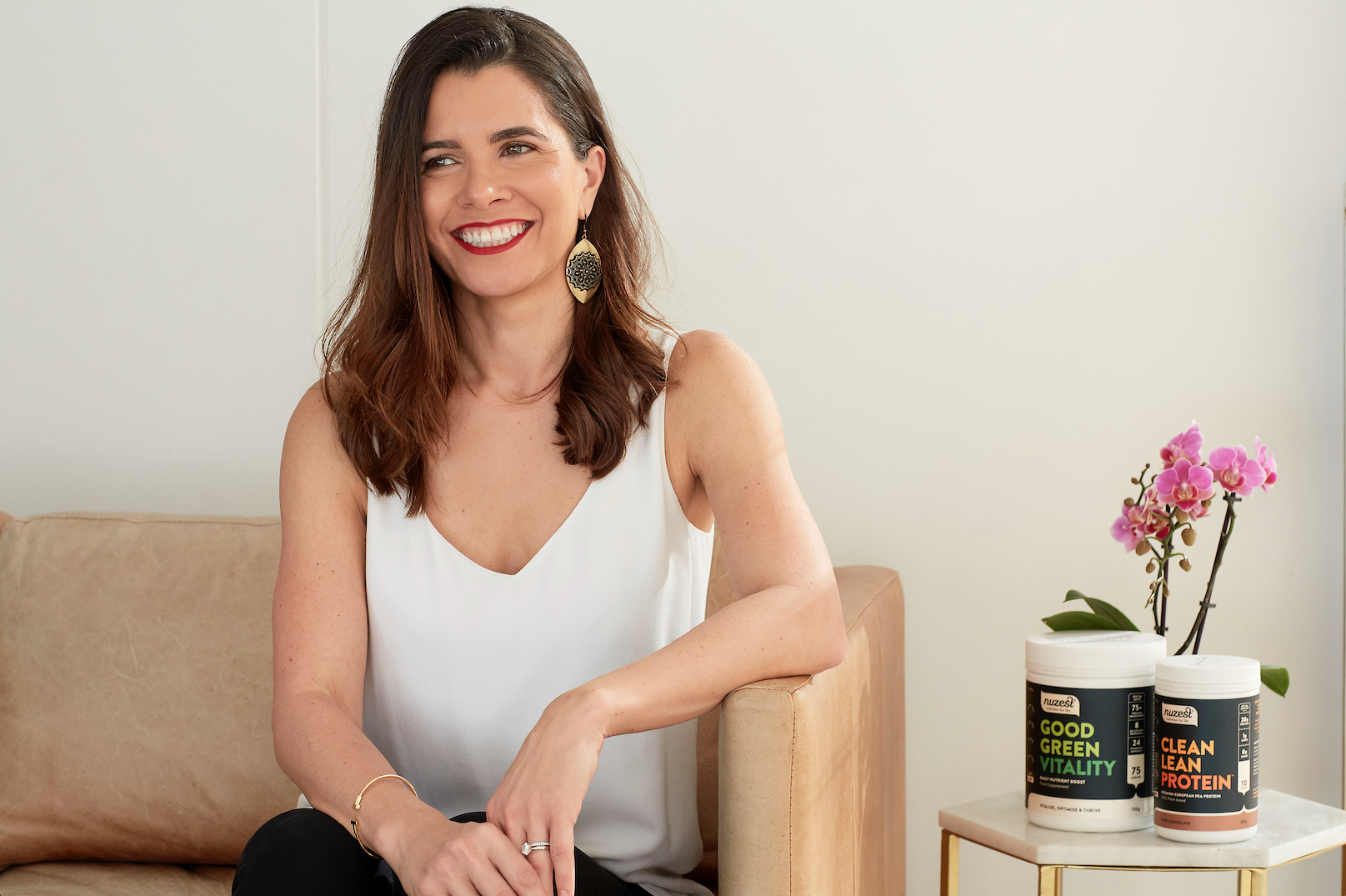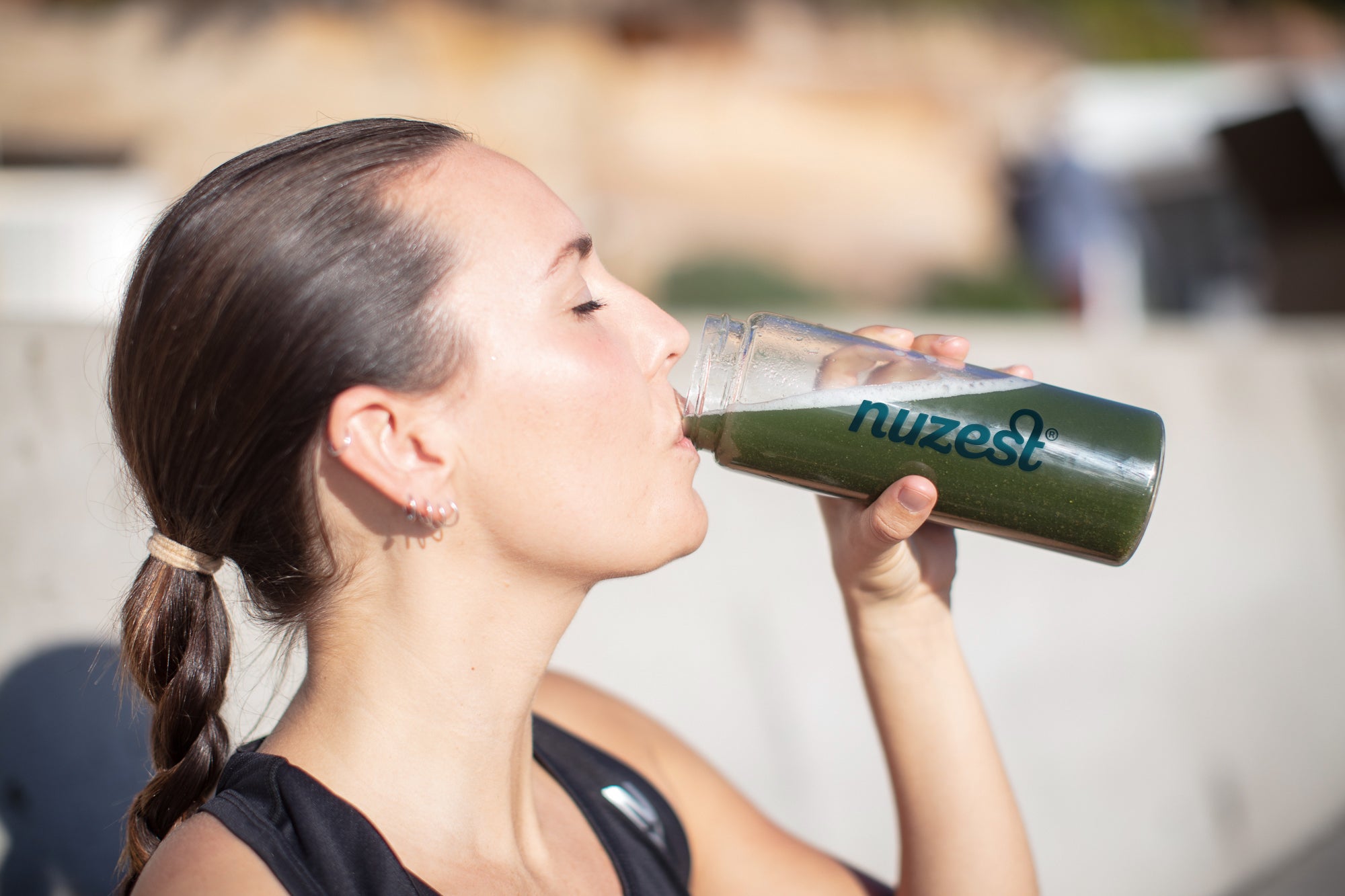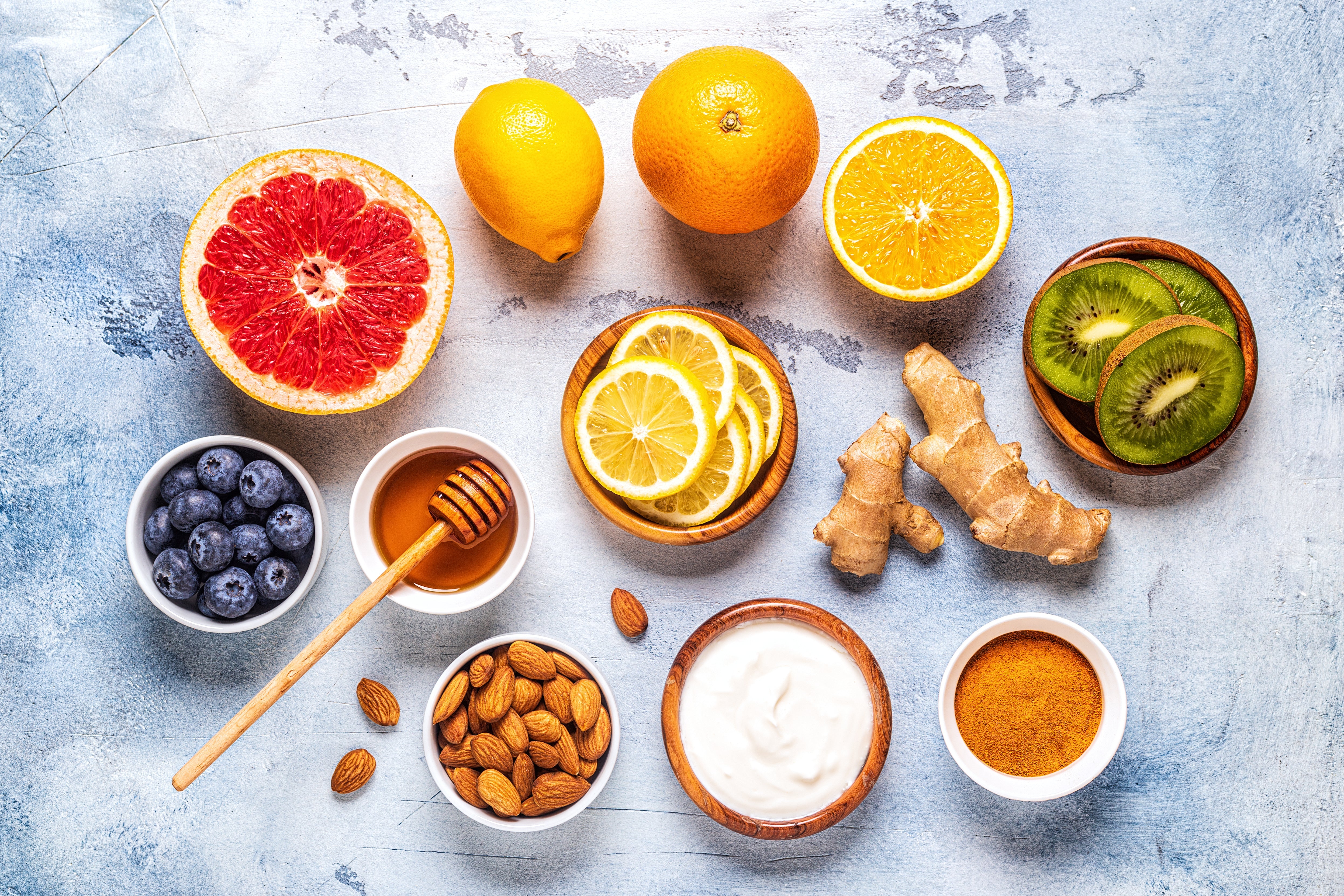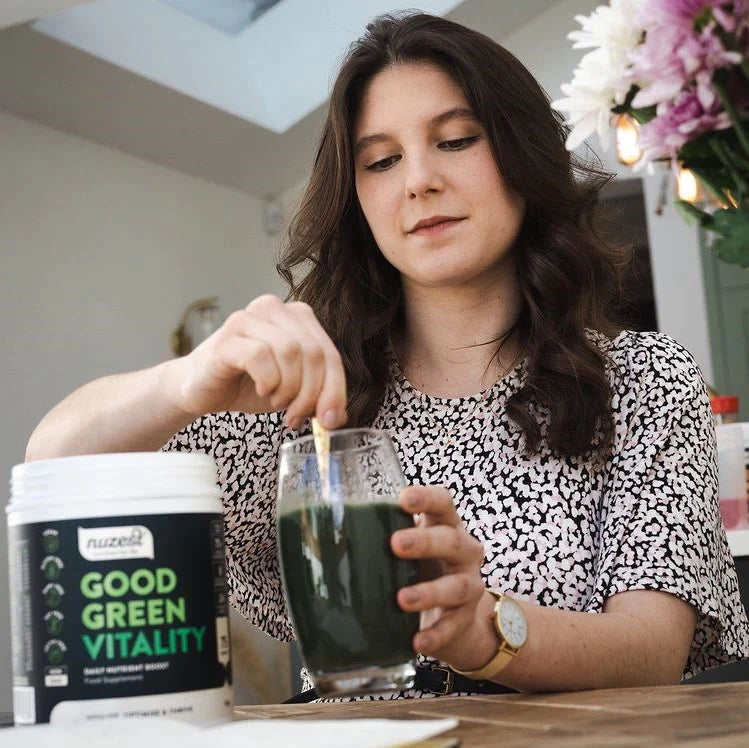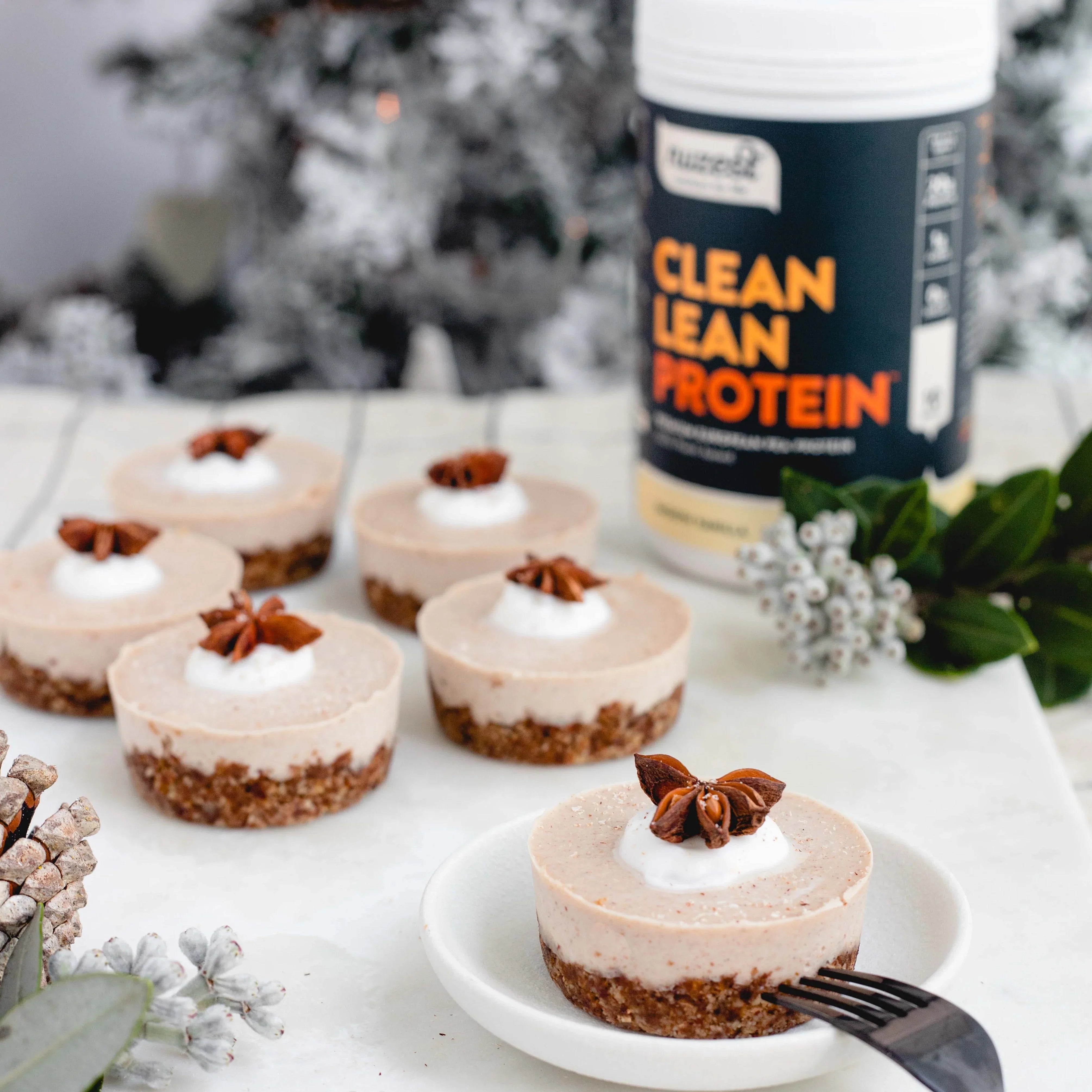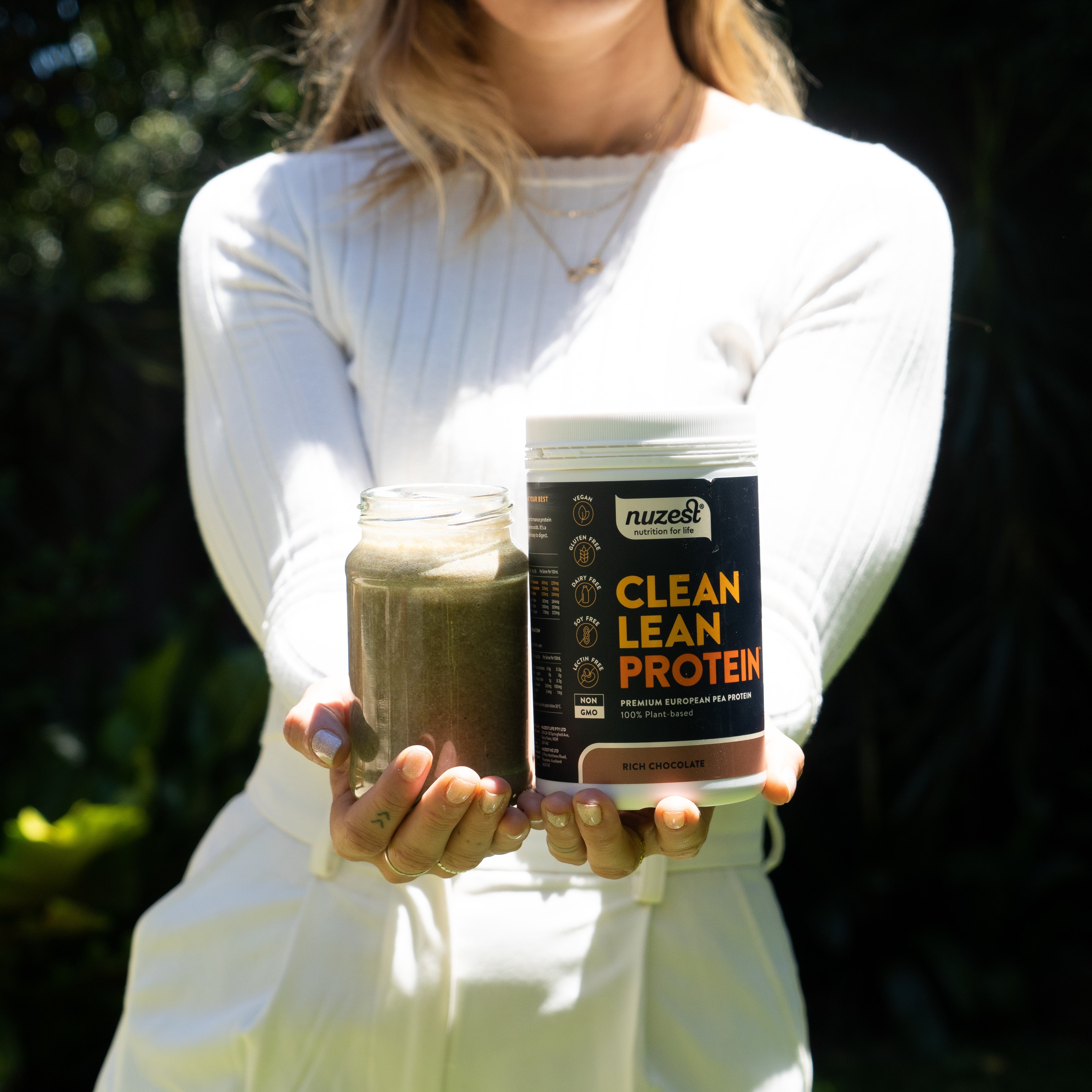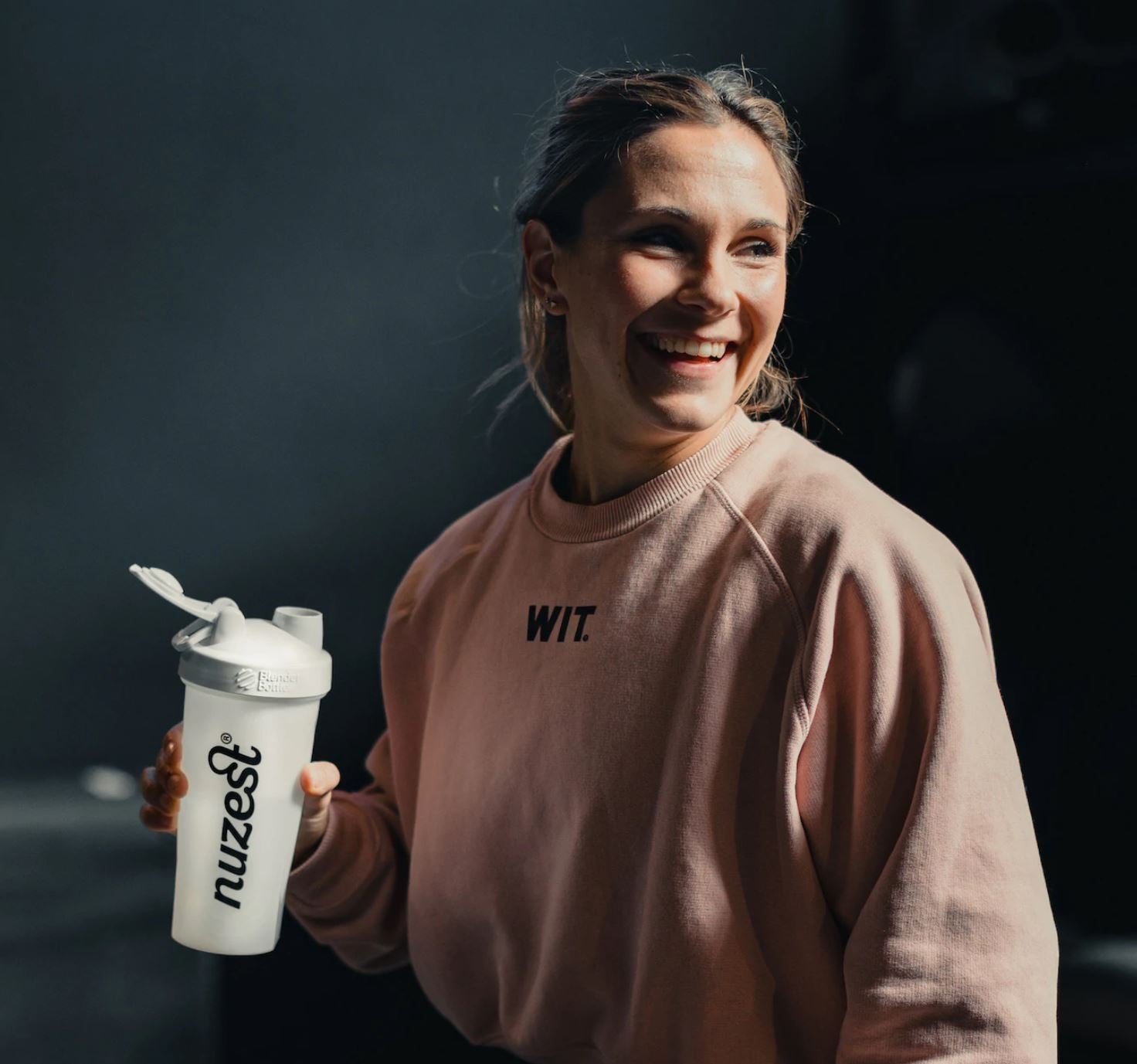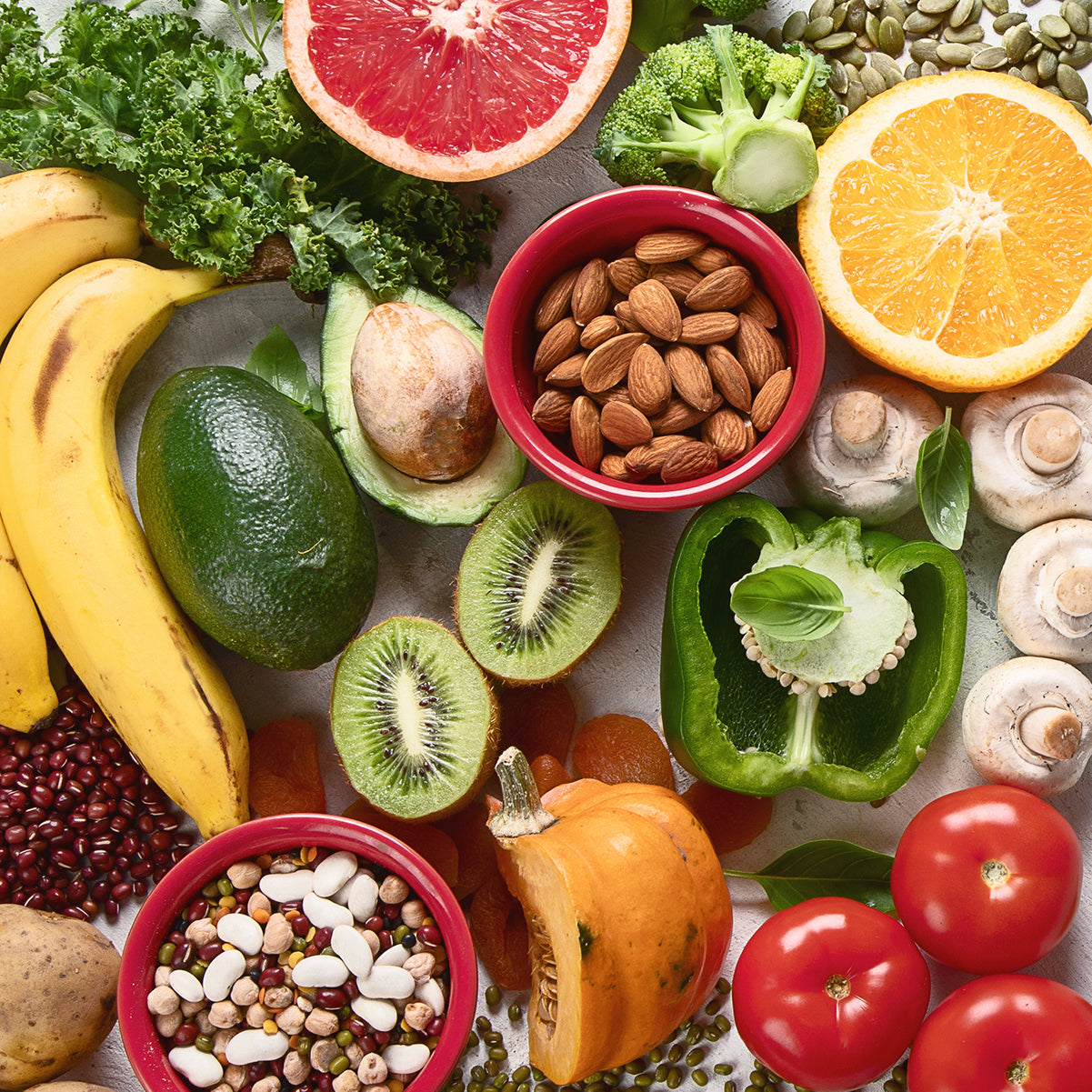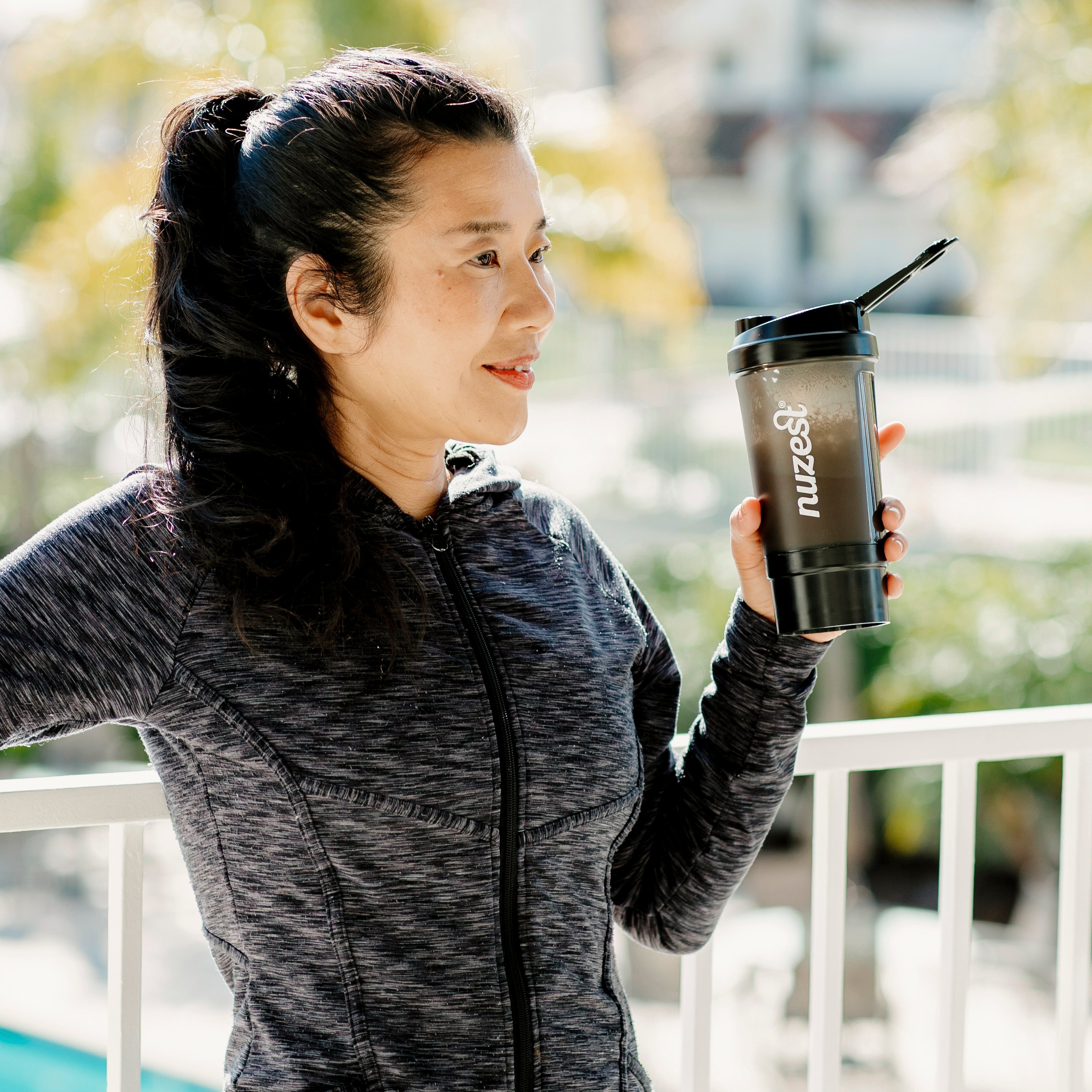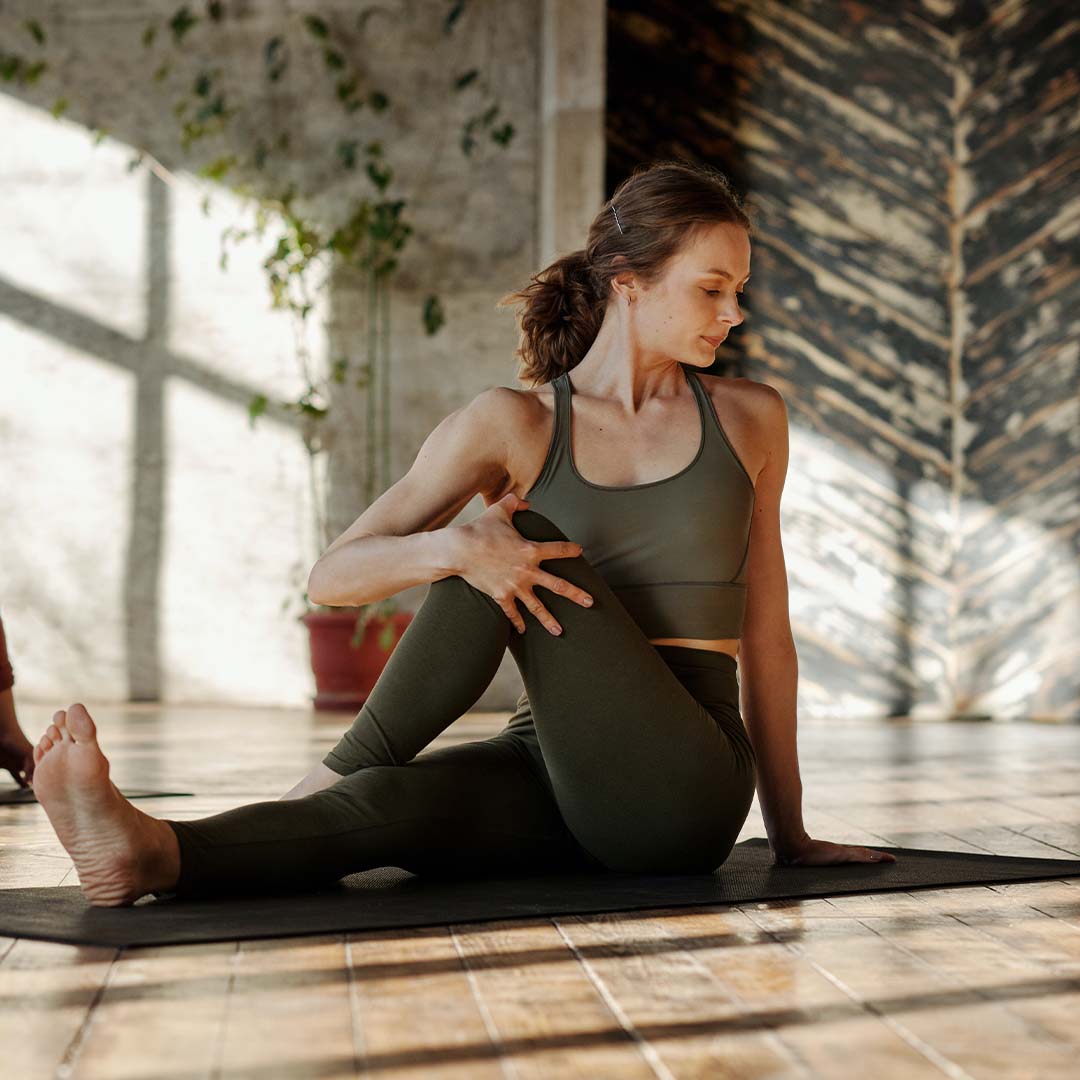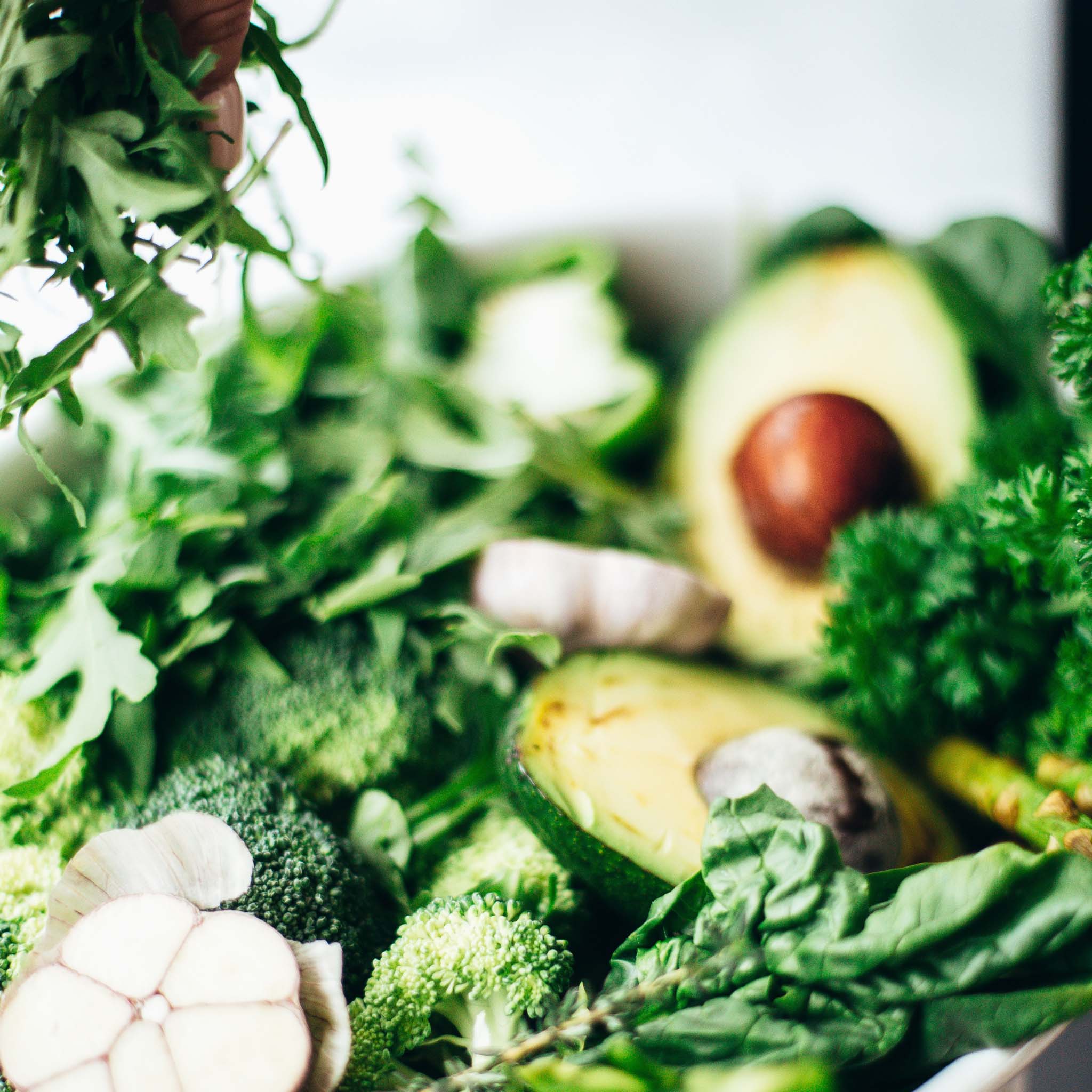We've learned that fat burning is a system we've developed to allow us to use energy over long distances. Our hunter-gatherer ancestors, whose genes we share almost unchanged, would roam their environments on the hunt for food for hours or even days on end. We would not be around today if they cold only hunt successfully if they could refuel on bags of potato chips or cans of coke every few hours. They would genuinely be running on empty, using fuel that they had previously stored. Someone who gets lost in the desert and is unable to hunt successfully will die, usually after a few days without food and water. But it's not the lack of food that causes death, it's the lack of water. Most of us can function, given water, for well over two weeks without food. That's because we burn first of all our fat reserves, and then we that runs out, we start burning protein as muscle tissue. What's ingenious about it is that we also generate another fuel when we burn fat called ketone bodies. These ketone bodies or ketones for short are actually are brain's favourite fuels. If you keep burning fat, and continue to not eat over many days, the levels of ketones in your system can get so high they kill you. That's why for many years ketones were thought of as bad compounds because they were known to occur at very high levels in people who were starving to death. To keep ketones as low as possible, you need to shut down your fat burning system. The best way to do that is by taking in lots of carbs.
Now, think about all those overweight people in the gym who you've seen working out on treadmills and cycling machines who never seem to lose weight. Chances are they're working out for under an hour at a time and they're also downing glucose- or sugar-laden energy drinks or energy gels to keep them going. Their diets might also be low fat and high in refined and processed carbs like white bread, pasta, pizzas and white rice.
What we now know is that we need to back off eating carbs to encourage our bodies to burn fats. This is one reason that there's been so much interest in low carb diets, as well as ones that increase the amount of healthy fats. These kinds of diets are often referred to as Low Carb High Fat or LCHF diets. But it's not just a question of what you're eating, it's also about how much and when you're eating.
When we start exercising aerobically our bodies normally rely on the most readily accessible fuel. It's actually not fats, carbs or protein. It's a compound called glycogen that's stored in our liver and muscles. If we're replenished with glycogen from a good meal with plenty of complex carbs from vegetables, starches or grains the night before, most of us will have a reserve of some 500 800g of glycogen. This will be sufficient to act as our main fuel for around 60 to 90 minutes of moderate intensity exercise. So if you're going to do some aerobic work in the gym and stop after just 30 minutes, you will have barely started to burn your fat reserves, irrespective of whether the machine in the gym tells you you've been in your fat burning zone for that half hour. You've burned part of your glycogen reserve that will be replete if you down an energy drink or another carb source after your workout.
What the fat burning zone inscribed on your treadmill, stepper, rower or gym bike is telling is however is right if you're prepared to stay in this low to moderate heart rate zone for some time. This fat burning zone is approximately 60-70% of your maximum heart rate, which is roughly 220 minus your age, although it can be considerably higher than this if you're very fit. But how many people can manage over an hour of aerobic work in the gym. Three or four times a week. Not many as it happens.
That's one reason why, when it comes to burning fat, getting outdoors and doing a long walk or cycle ride makes a lot more sense for many people. But it requires time something not many of us have in abundance. But perhaps you can manage this once or twice a week if you really try, ideally not on consecutive days.
Such is the flexibility of our bodies' systems that there are also other ways of burning fat. Intermittent fasting is one of the best ways of getting there. It's a somewhat fancy term referring to a pattern of eating that involves eating both less as well as less often than a normal Western person might typically eat. There's actually nothing odd about this way of eating our ancestors almost certainly ate this way. They certainly didn't eat three meals a day with snacks in between. They would go through cycles of feast and famine and it's important to realise we are supremely well-adapted to famine because if we weren't, we'd not be here today. And bizarrely, it's now the excessive feasting that's much more likely to kill us than the famine...
One of the most useful rules with intermittent fasting is to try to cut down on your meal frequency by avoiding eating within five hours of your last meal. Another point involves cutting out snacks between meals, as well as all refined and processed carbohydrates like white bread, white pasta and white rice. Doing a couple of training or exercise sessions on a completely empty stomach (other than water) will also help you shift towards being a better fat burner. As will engaging in very short bursts of high intensity exercise, with rests of the same or double the duration in between. This is called High Intensity Interval Training or HIIT and you'll find plenty of information about it on the internet, such is its popularity given its proven role in triggering mitochondrial function and fat burning. Depending on what your fitness goal is, you can adjust the pattern of your HIIT sessions to deliver different results.
With a personal trainer with extensive experience in HIIT, there are even HIIT regimes suitable for people with serious diseases such as heart disease, cancer, diabetes and obesity. It may seem a bit tough, but think of it as short and sharp, with good rewards. Get it right and your metabolism will become super flexible, using whatever fuels are most efficient. You'll generate ketones at low levels (nutritional ketosis) to keep your brain super sharp and you'll even burn fat while you sleep!
When you've finished a bout of training over 20 or 30 minutes, make sure you consume around 20 grams of good quality protein to help your body recover and your muscles to grow stronger following the exercise trigger you've delivered to them. It's a good idea to get this protein in within a 30-minute window of completing your activity. If the activity has involved long periods of endurance, you might also want to add some complex carbs and branched chain amino acids to the mix, as well as a good quality multi-nutrient product with plenty of good quality vitamins and minerals, botanicals, probiotics and other micronutrients that help support your multiple body systems.
